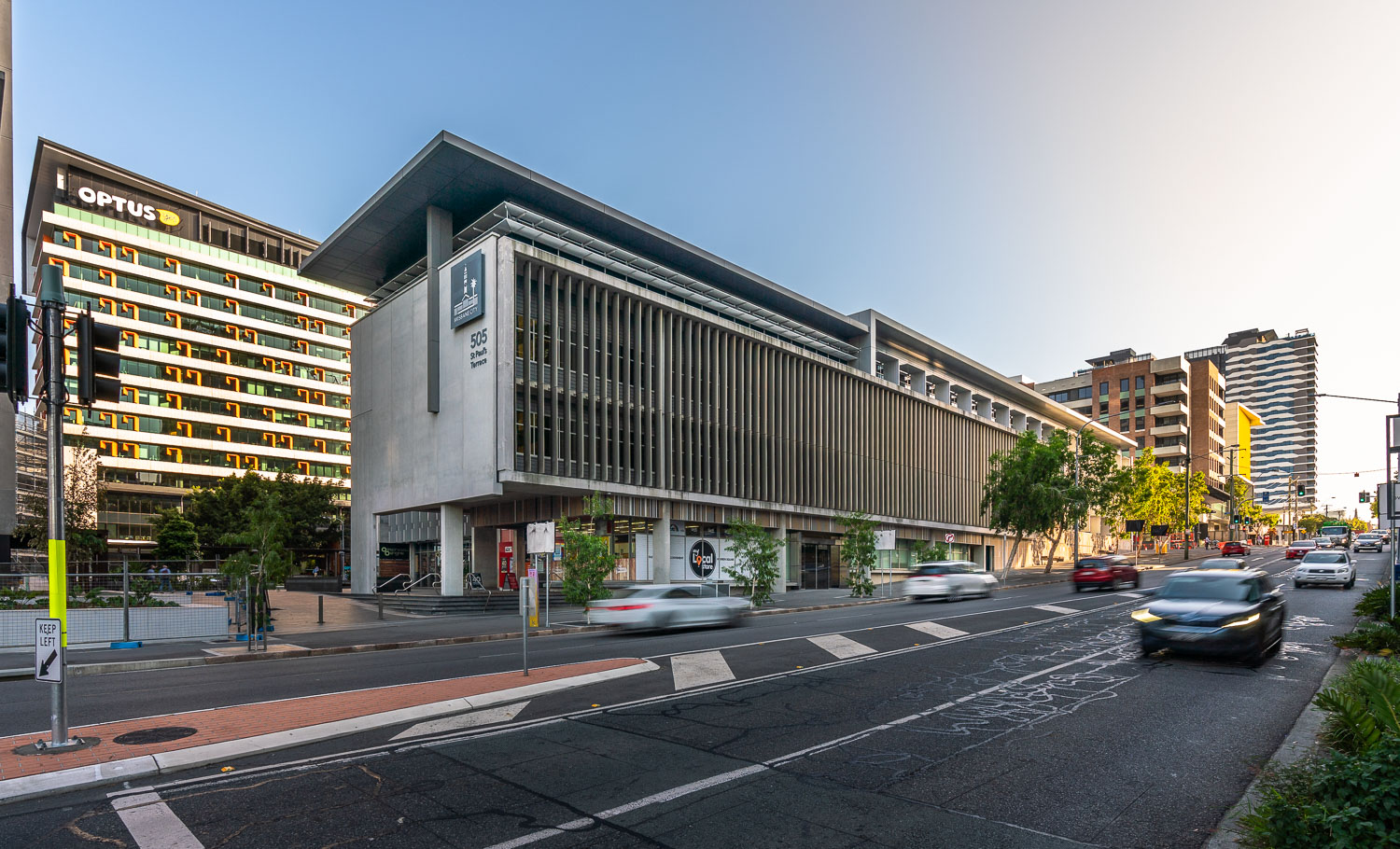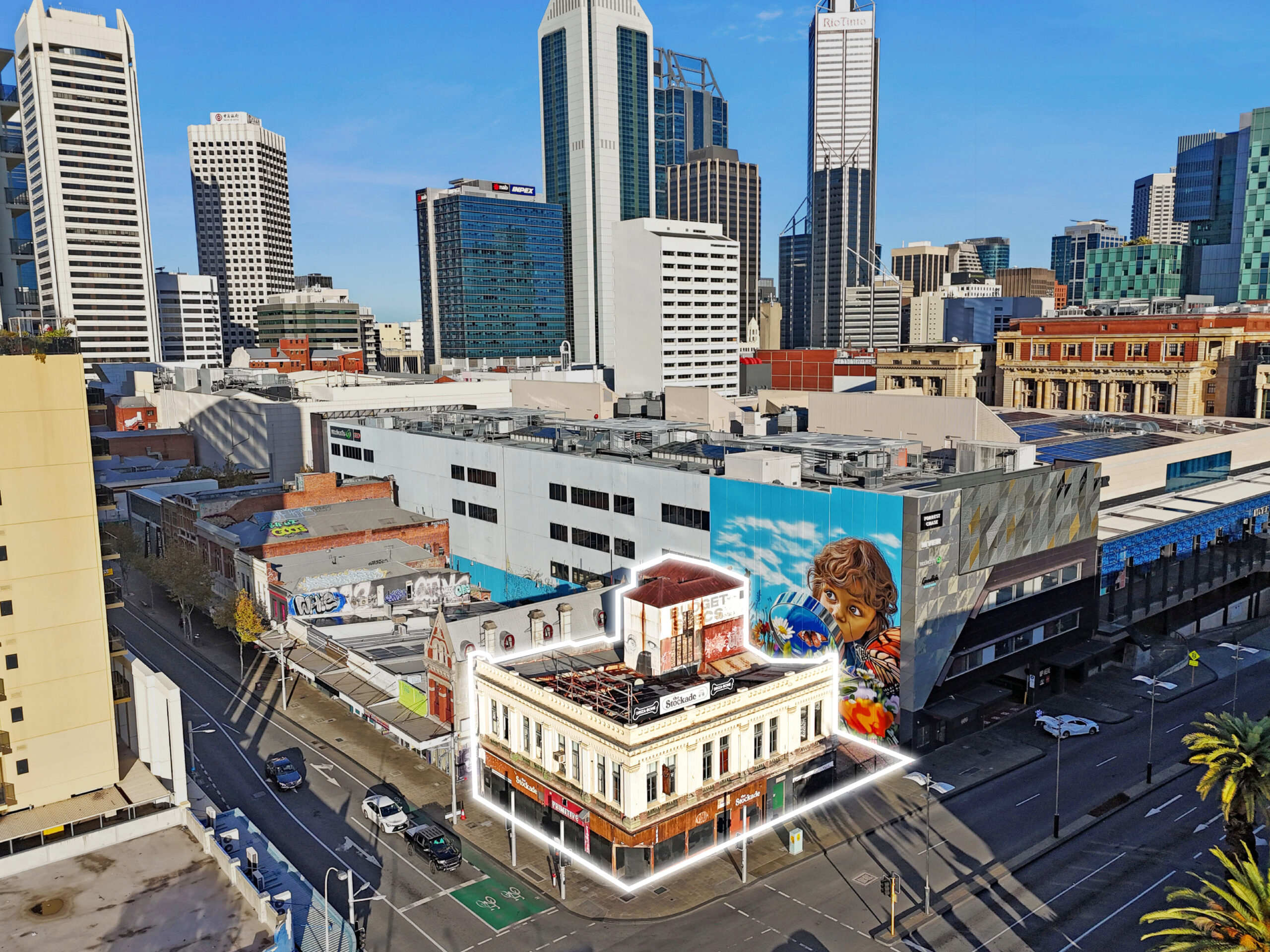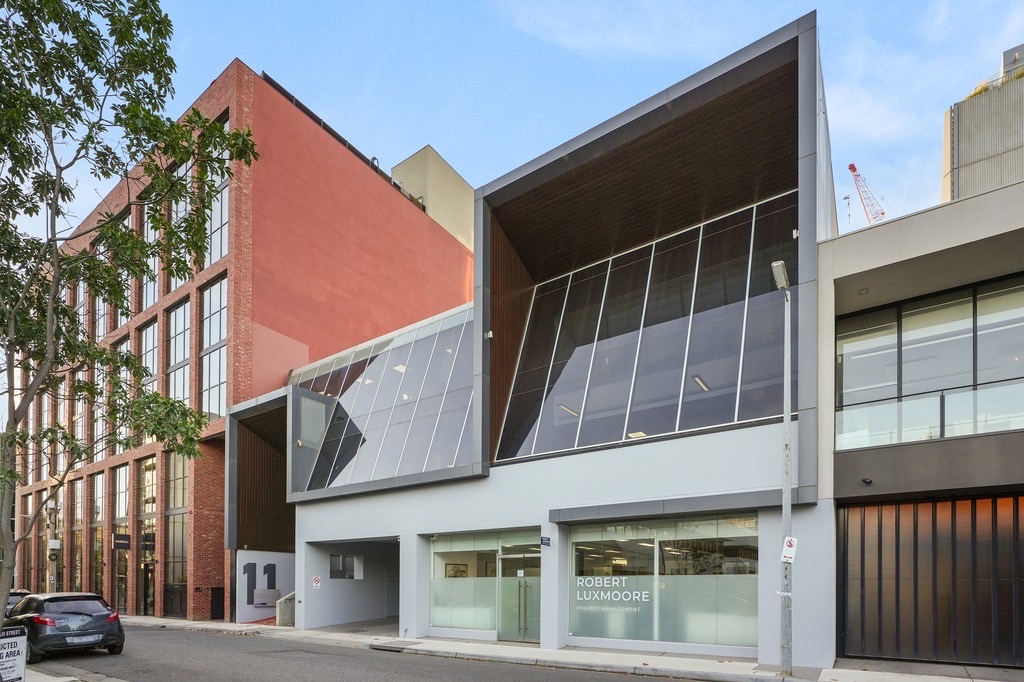
REITs are hiring people dedicated to locating secondary office assets, which are ripe for refurbishment and repositioning, addressing occupier demand for higher quality spaces with a lower carbon footprint, according to Simon Hunt, Managing Director Office Leasing, Colliers Australia.
“No longer are investors focused on acquiring the newest buildings out of the ground to achieve sustainability ratings, as occupiers now seek offices with a lower carbon footprint due to development in addition to lower operational carbon during their tenancy,” Mr Hunt said.
Due to the cost of carbon per tonne attributed to new developments, reuse of materials and equipment for secondary asset upgrades is preferable to reduce the cost of carbon offsets required to align with current investor and occupier net zero goals, according to Lisa Hinde, Head of Sustainability, Colliers.
“The Net Zero carbon definition for the real estate industry is extending to the embodied carbon space, as investors and occupiers become attuned to embodied carbon frameworks from NABERS and the New Buildings tool from Green Star.” Ms Hinde said.
“Developers were initially being forced to be creative with the reuse of equipment and materials for both refurbishments and new builds, due to supply chain issues and labour shortages impacting accessibility of materials.
“However, the industry is now catching up by rewarding projects with an ESG lens as they go down this path.”
Mr Hunt added; “While there is a scramble to reposition B Grade office assets to ensure they remain competitive as occupiers lift quality demands, and shift from an ESG tick box approach to requests for waste diversion, carbon neutrality and other specific indicators post pandemic, landlords are certainly being rewarded with rent and occupancy uplift in return.”
B Grade average net face rents recorded the strongest year on year growth of 6.1%, compared to other grades of office assets by end of Q3 2022, Colliers research revealed.
309 Kent Street in Sydney is a prime example of a successful B Grade refurbishment, providing fit-outs of an A Grade standard and rental uplift of between $50 – $100 per square metre for the 17 level building, comprised of around 17,000 square metres.
Colliers has completed 14 leasing deals for 309 Kent Street in the last 12 months, with the offer of a new ground floor plane and lobby, in addition to several new VC friendly meeting rooms and sit-to-stand workstations.
“Across the 14 deals an average of four and a half months downtime was experienced from completion of the fitout to a tenant’s lease commencement date, which is a testament to the landlord’s commitment to delivering high quality fitouts that satisfy what the majority of tenants in the market are seeking.” Mr Hunt said.
“Four of the deals were completed before the space was available on the basis that the landlord would construct a high-quality fit-out bespoke to the occupant’s needs.”
Refurbishment of 16,400 square metres of office space over 26 floors at 6 O’Connell Street in Sydney is also delivering significant rent uplift, with lower floors achieving around $150 more per square metre this year, compared to when works commenced in 2020.
The ongoing upgrade of the building managed by Investa, has seen Colliers and Knight Frank experience a surge in leasing demand over the last 18 months, with occupants drawn to new fit-outs delivering A Grade or Premium standard office space that feels “as homely as possible.”
The remarkable success of B Grade refurbishments is making waves nationally, with Colliers also leasing six floors or 50% of Eagle House at 473 Bourke Street in Melbourne, in conjunction with Cushman & Wakefield, within 24 months by March 2022, in alignment with refurbishment of the complete building by RACV.
Rental uplift of $100-$150 per square metre was delivered for newly fitted out space, achieved as early as Q1 2020 with the first two deals, since works began on the 12 storey building comprised of 8,000 square metres of office space, in late 2019.
“The majority of suites at 473 Bourke Street were leased prior to practical completion of the refurbishment, and we are currently still experiencing demand from occupiers who wish to be notified if a vacancy arises in what is renowned as one of the most dynamic boutique office’s in Melbourne’s CBD.” Mr Hunt said.
Eagle House now offers more than 400 square metres of communal space including The Nest, offering two half floors with bookable collaboration spaces for tenants to make their own, in addition to a bright enclosed courtyard, brand new end-of-trip facilities and gym.
Ms Hinde advocates that in addition to refurbishment of an actual building, ESG credentials can be enhanced by occupiers who also seek repurposed furniture and equipment.
“For schemes like Green Star, the value of re-used items is the same as the highest ESG qualification a product can achieve off the shelf, meaning the same sustainability credentials at a fraction of the cost.” Ms Hinde said.
“The flex up and down of occupier requirements has led to an increase in high quality furniture and equipment deserted and now primed for re-use in short turnaround fitout projects.”
Just this month in Adelaide, a re-homing audit was conducted by Colliers, which will see three floors’ worth of high quality re-usable office equipment diverted from landfill to meet new demand.



